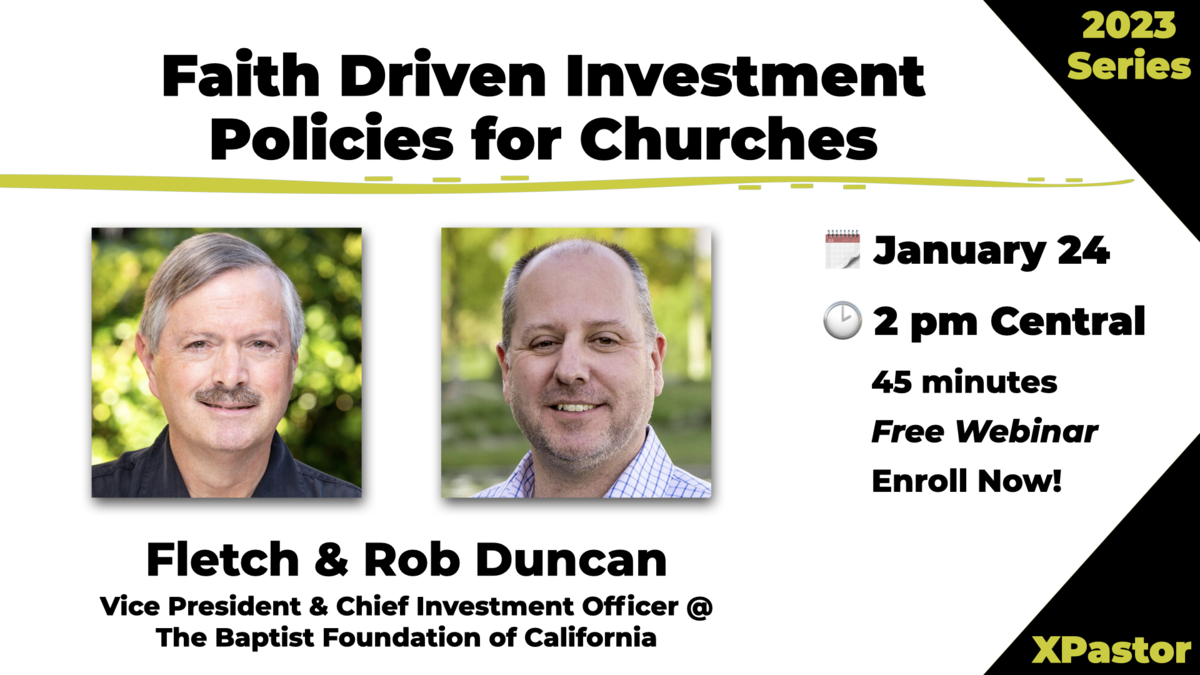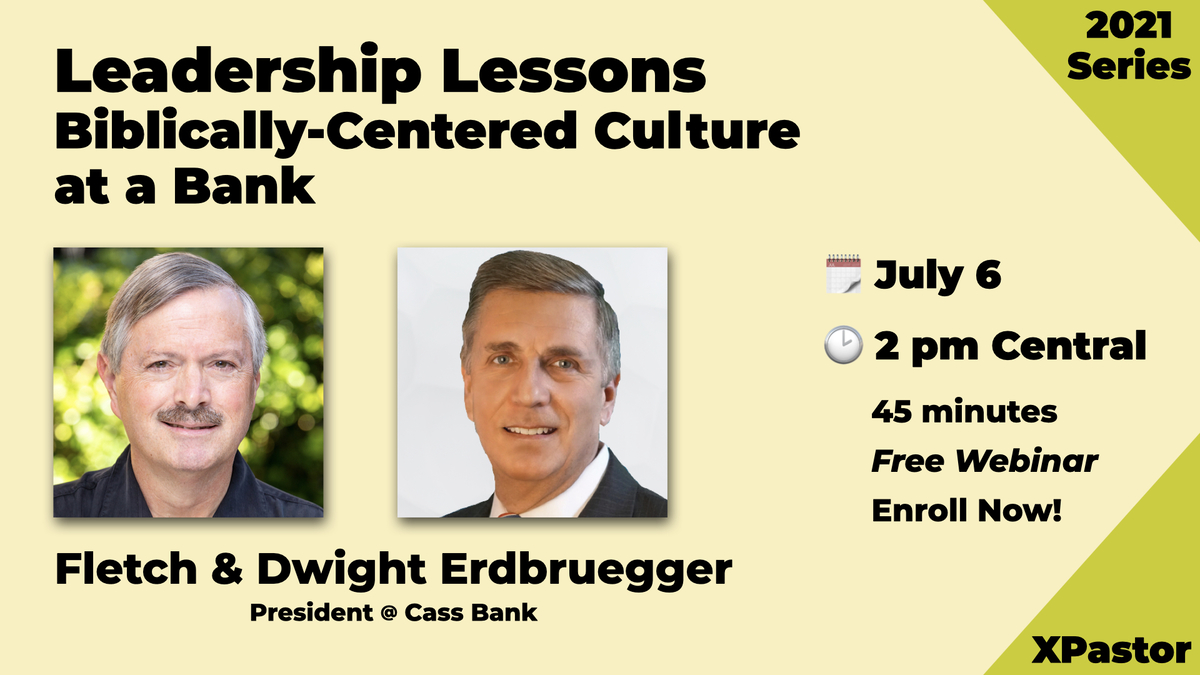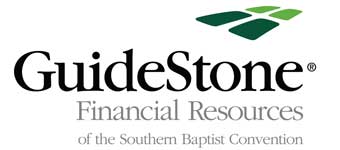As the pandemic continues to affect the traditional methods of engagement, it’s more important than ever to adopt digital solutions to streamline ministry management and boost donor giving
The pandemic has affected almost every single industry, from retail and restaurants, to our place of worship—the church. Whether it be a mega church with thousands of members or a small community parish, likelihood is the state and government orders are keeping church doors closed forcing churches to adopt new technology and business strategies to stay afloat and keep congregants engaged.
As we head into the most important time of the year for digital tithing, churches must begin preparing now for hurdles they may experience while navigating holiday giving during a pandemic when people cannot be physically together. With these challenges in place, churches must turn to using technology to keep congregants engaged and giving. Some ways to accomplish this including, ensuring you are leveraging a comprehensive Church Management Software (ChMS), leveraging available data to spot trends in member giving and attendance behavior and implementing digital giving solutions to boost and manage donations.
Selecting the Right Church Management Software (ChMS)
Not having face-to-face interaction with members each week can be detrimental to a church, as this is how leaders can most effectively keep a pulse on their congregants to track things such as how many people are attending services and who is giving financially each week. As services remain virtual, this method of collecting information is difficult and churches need a new way to obtain this critical information. Church Management Software, or ChMS, is a method of collecting information for churches to manage, automate and organize their parish and the members within. This software solution is a vital tool to use during the pandemic as it can streamline church operations and allow church leaders to have a pulse on their congregants, even if they are not attending weekly in-person services.
As the pandemic forced church doors to close, essentially overnight, it also quickly exposed the difficulties or major gaps in managing crucial data without a comprehensive tool like ChMS. Outdated or low-functioning systems may not have enough horsepower to supply the church with the right data needed to track and manage congregant behaviors. If a ChMS lacks the proper data set to give insight into congregants and the ability to connect with them virtually, members can get lost in the system and connections from church leaders will be missed, causing that person or family to not engage and even potentially discontinue donations.
Leveraging Data from Congregants
With the proper ChMS tool, churches can leverage layers of data within the software that provides depth to members and can also provide actionable items for the church. For example, a ChMS tool can track what people are donating and how much. If there is a pattern established with the donations from that person, the ChMS can alert church leaders to reach out to that person and ask how their giving experience went, what other causes in the church they are interested in donating to and so on. Instead of using a software that views a person as a number flowing through a data set, the right ChMS tracks in-depth data on people and families that show church leaders where their members are within their faith journey and how the church can assist them or aid in any way.
Tools that have this personal ability will be the way churches operate moving forward. As many churches scramble to engage with digital tools amid the pandemic or begin using them for the first time, the proper ChMS will provide leaders with rich data that allows to engage with people in a number of ways during these challenging times.
North Point Ministries, with several churches located in metro Atlanta, is a prime example of a church that pivoted its business strategies and leveraged digital solutions to stay connected with its congregants when the pandemic forced its doors to close. The church made the decision to suspend in-person worship for the remainder of 2020 and quickly adapted technology, streaming services online and utilizing social media heavily to reach congregants and further incorporate digital tithing.
Through its ChMS platform, North Point was able to adjust and update its dashboard to synthesize the data they were seeing in an actionable way. By changing how they looked at engagement numbers—no longer solely counting how many people are attending Sunday service each week—North Point was able to see who was engaging with social media posts, attending streamed services and what strategies were resonating with members the most. If leaders were to only look at weekly attendance, they would see they are in the ‘red’, but when shifting to looking at other data points, like small group numbers and giving data, they found that both were up compared to last year.
During the initial shutdown to now, leaders at North Point Ministries saw a 100% increase in app downloads with app launches up about 30% overall. At the height of the pandemic, North Point saw an increase of 300-400% more website viewers and current activity showing an average of about 200% more website views weekly. Furthermore, North Point saw that the primary change in giving behavior was moving from donating by check to donating online. Online giving has gone from 68% to 74% of their total giving, with check donations dropping from 24% to 18%.
Incorporating Digital Donations
thought of digital giving may seem daunting to some, especially those who have never done it and are used to putting pen to paper when writing checks. Churches can be a great leader in educating their members on giving digitally, especially when that is the only option they have now.
As churches look to incorporating more digital giving solutions, its important for leaders to segment out their givers and connect with them throughout their giving journey. This could be sending a mailer to members to remind them giving digitally is an option or emailing them a secure link where they can send their donations directly. This effort could even extend to weekend services where church leaders or pastors share the QR code for seamless online donations. As members continue to participate in services from their homes, it’s important for the church to emphasize their success stories to further inspire others’ generosity.
For many churches that were resistant to change and were late adopters of technology incorporated into their ministry, are now seeing success in doing so. Generally speaking, well over 60% of revenue received by U.S. churches are now received digitally—compared to pre-pandemic when that number was below 40%
As the pandemic carries on, churches no longer have the option to be resistant to modernizing traditional methods of the church and must be open to adopting technology and digital giving solutions. When selecting the right tools, ensure you are choosing solutions that can easily be integrated into the platforms you already use for a seamless transition. It should also work well with administrative tools to simplify current bookkeeping and select a company that understands your churches’ specific needs and has a dedicated team for easy onboarding.
If the last few months have taught us anything, it’s that technology in all fields will only continue to advance exponentially, so it’s imperative that churches leverage technology as a tool to accelerate engagement and remain relevant in the years to come. By incorporating the right ChMS tool, leveraging congregant’s data and incorporating digital giving solutions, churches can adapt to the new normal and keeping engagement and giving up.











